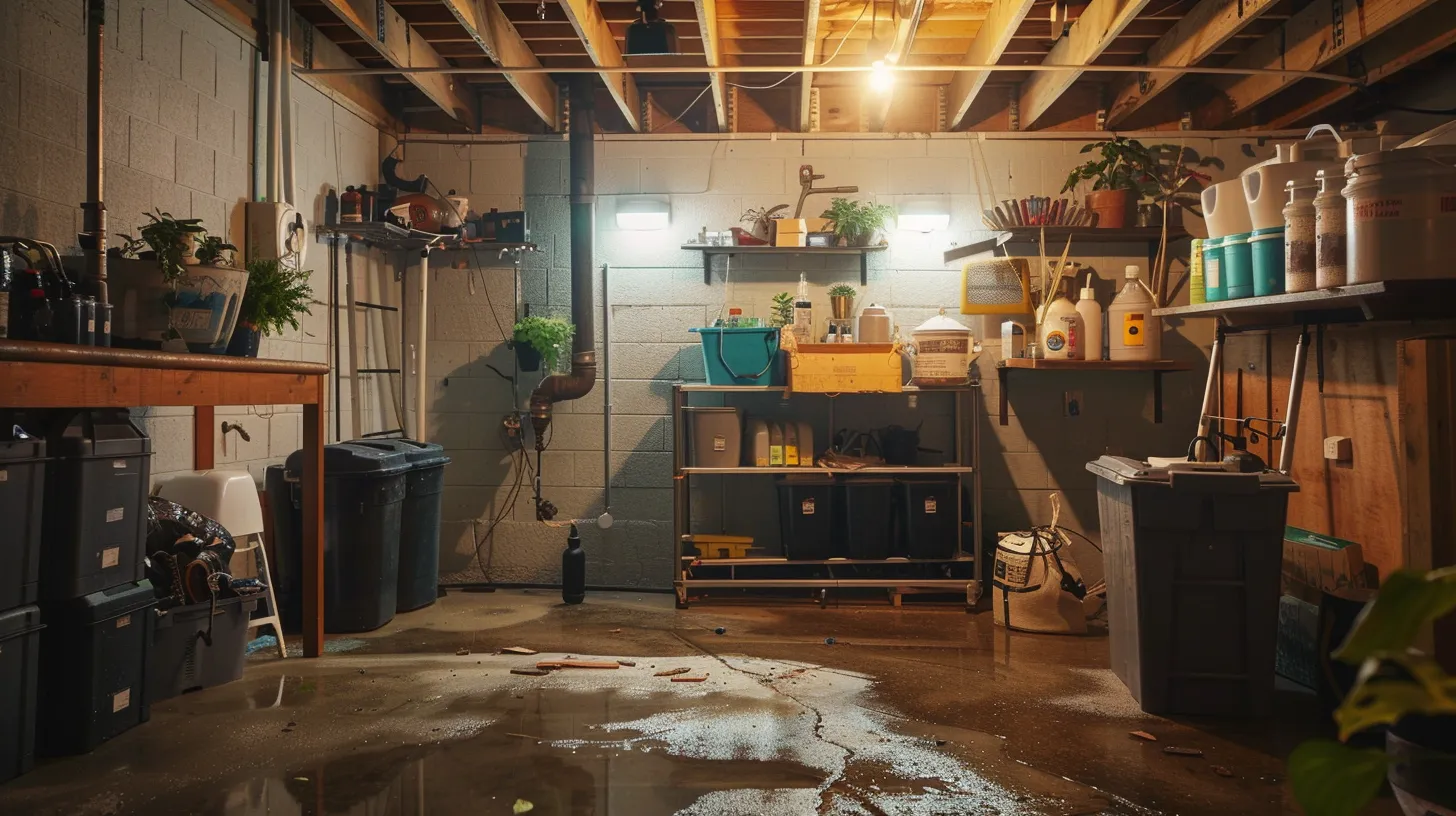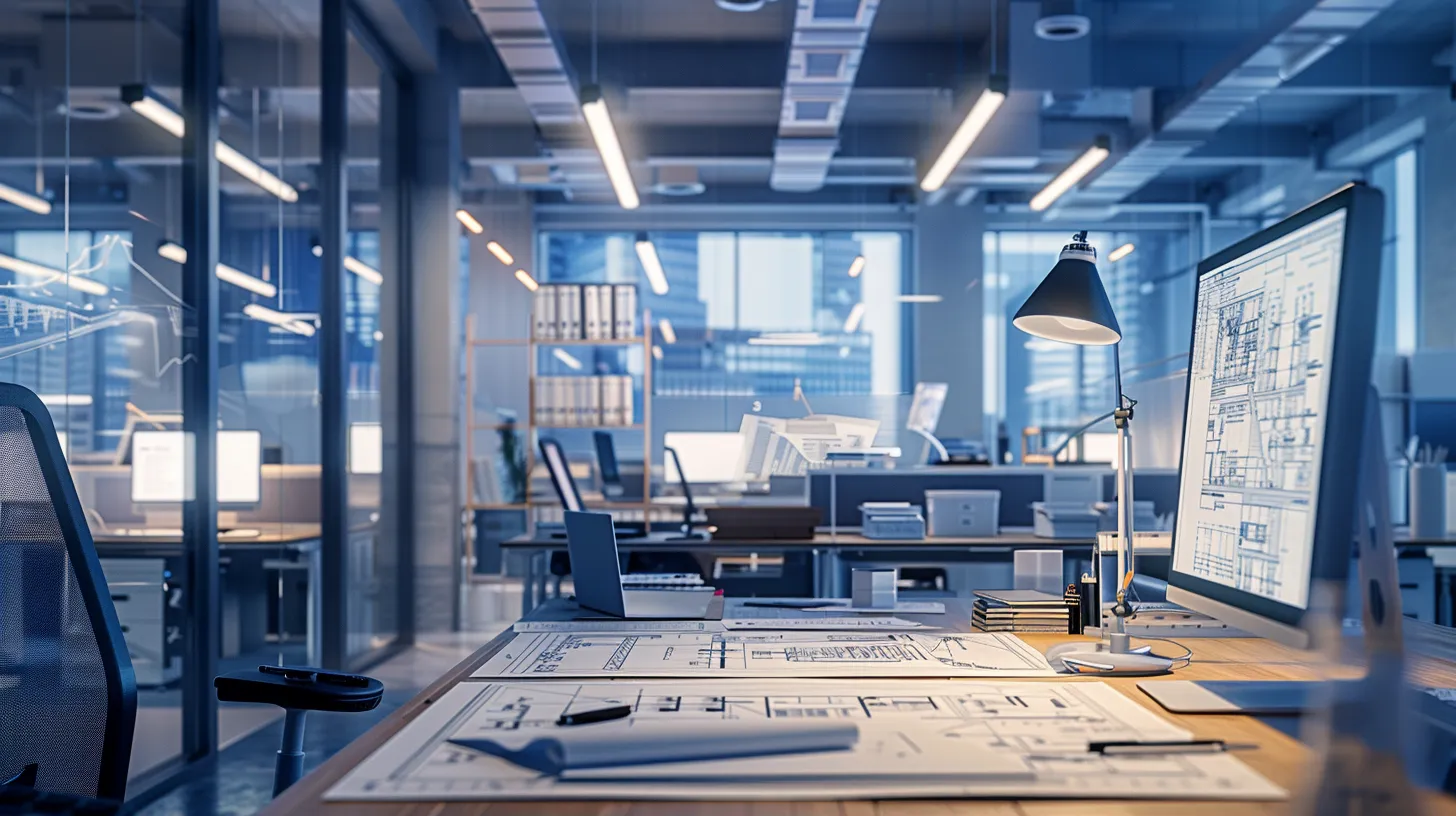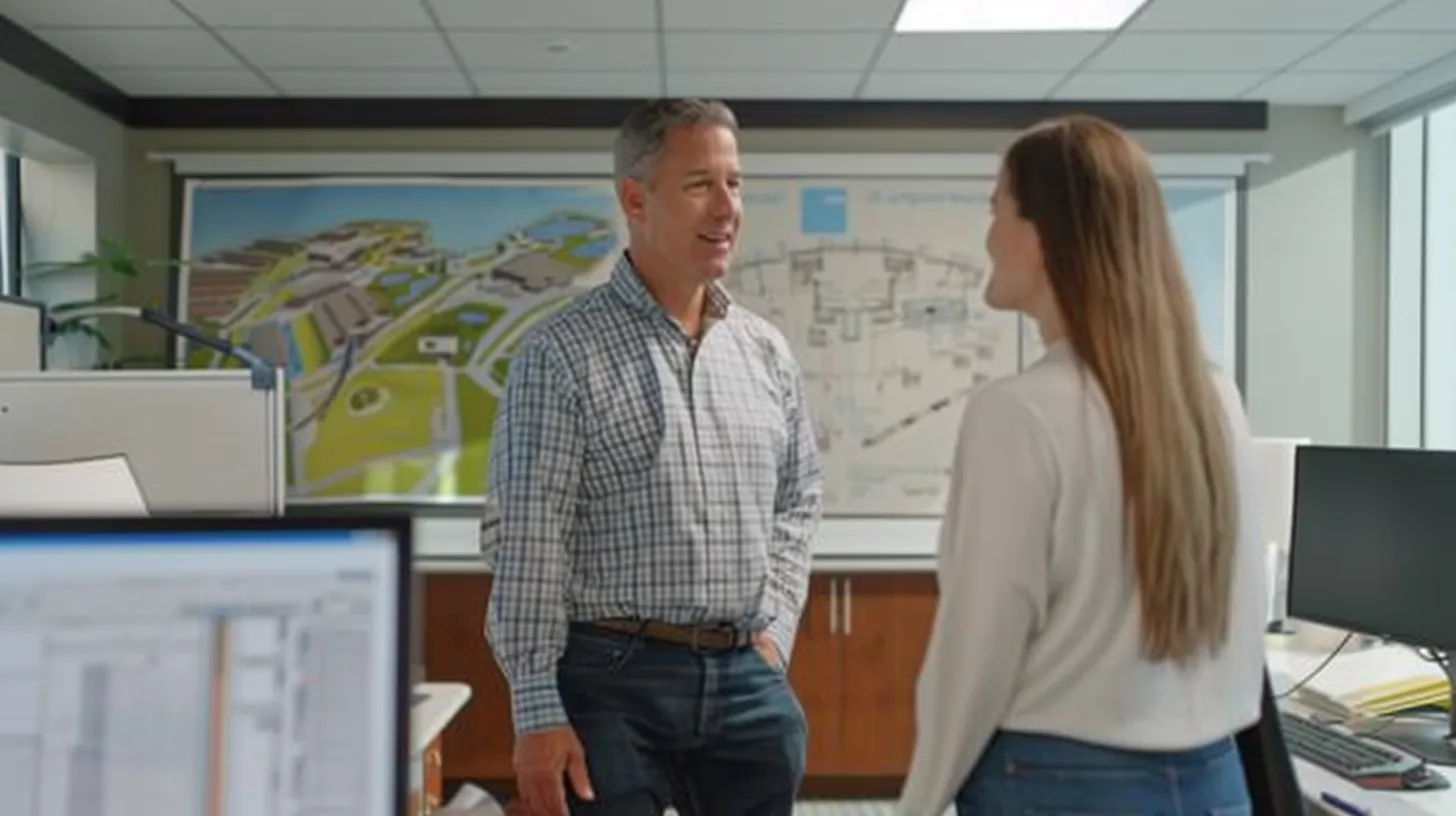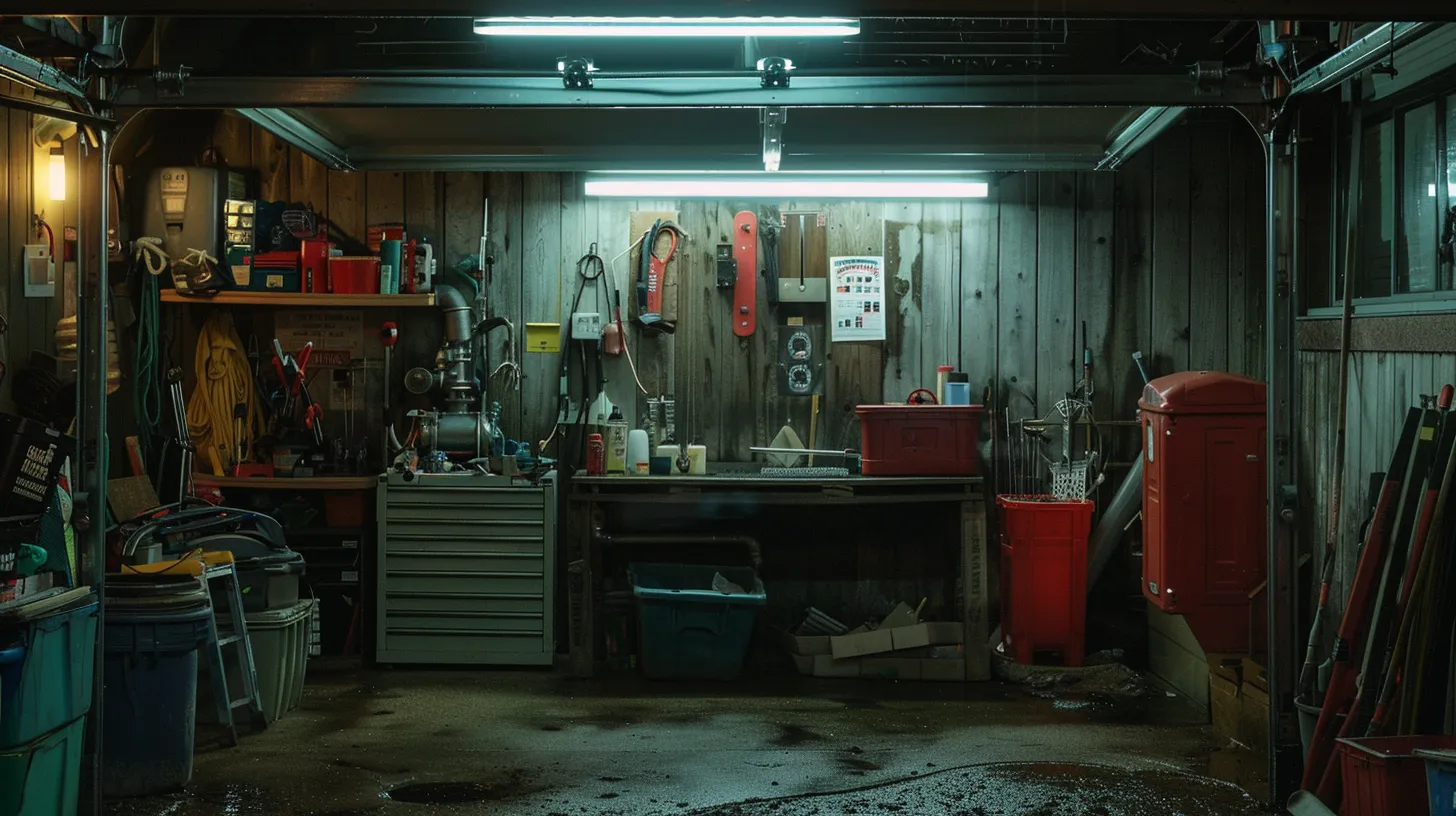How to Choose Affordable Basement Drainage Solutions
As homeowners, we understand that a dry and safe basement is crucial for maintaining your home’s foundation and overall well-being. Basement drainage issues can lead to significant damage, mold growth, and structural problems. Understanding how to effectively address these challenges is essential. In this article, we will explore 7 functional basement drainage solutions that are both effective and affordable, ensuring our homes remain safe and comfortable all year round.
1. Identify Your Specific Basement Water Problems

Identifying your specific basement water problems is the first step towards an effective solution. Basements can suffer from a variety of water issues, including flooding, leaks, and moisture accumulation. Common sources include groundwater seepage, poor drainage systems, and humidity issues. Understanding these factors allows us to tailor our approach to solving the problem effectively.
2. Survey Common Affordable Basement Drainage Solutions

Evaluating options is crucial for any homeowner facing water issues. Commonly used affordable basement drainage solutions include:
- French Drains: These trenches filled with gravel and a perforated pipe help redirect water away from the foundation.
- Interior Drainage Systems: Installed along the foundation wall, these systems capture water and direct it to a sump pump.
- Retaining Walls: Building retaining walls can help control groundwater flow and prevent basement flooding.
- Wall Coatings: Waterproof paints and coatings can be applied to basement walls to prevent moisture permeation.
Each solution has its benefits and drawbacks; understanding these will aid in making an informed choice.
3. Compare Costs of Interior Drainage Methods

Cost is always a determining factor in deciding the best course of action. When comparing costs for interior drainage methods, here’s a breakdown:
While costs may seem high, investing in these systems can prevent extensive repairs and damage in the long run.
4. Assess Price Ranges for Exterior Drainage Fixes

While interior solutions are essential, exterior drainage fixes are equally crucial for preventing water ingress. Common exterior drainage solutions include:
- Surface Drains: $1,000 – $3,000
- Downspout Extensions: $150 – $500
- Grading and Sloping: $1,000 – $5,000 depending on property size
- Installed Drainage Pipes: $2,500 – $6,000
Exterior methods focus on diverting water away from the foundation to effectively mitigate potential flooding issues.
5. Key Elements Affecting Drainage Solution Affordability

Several key elements can influence the cost of drainage solutions. These include:
- Site Conditions: Property layout and soil composition can increase or decrease installation complexity and cost.
- Drainage System Selection: The choice of which system to implement can vary widely in price.
- Labor Costs: Regional labor rates can greatly affect overall installation costs.
- Permits and Regulations: Homeowners may incur fees for permits associated with drainage solutions.
Assessing these factors upfront can prepare homeowners for potential costs and help avoid unexpected expenses.
6. Find Qualified Professionals for Economical Installation

When it comes to installation, choosing the right professional is key to ensuring high-quality work. Researching qualified professionals can save you money in the long run through effective installations. Consider these tips:
- Seek out specialists in basement waterproofing and drainage solutions.
- Check reviews and testimonials from previous clients.
- Request various quotes to compare pricing.
- Ask for warranties on the work completed.
Hiring affordable professionals doesn’t mean sacrificing quality; it’s about finding the right balance for your needs.
7. Regular Maintenance: The Key to Long-Term Savings

Regular maintenance of your drainage systems is essential to prevent future issues and costly repairs. Maintenance tips include:
- Inspecting and cleaning sump pumps regularly to ensure they function correctly.
- Checking gutters and downspouts for clogs; clean regularly.
- Performing annual assessments of your drainage systems to identify areas of concern.
- Ensuring landscaping does not impede drainage functionality.
By maintaining your drainage systems, homeowners can protect their investments and avoid larger complications.
What is the best method for basement waterproofing?
The best method varies by home; however, a combination of interior and exterior solutions often works best.
How often should I inspect my drainage system?
You should perform an inspection at least once a year, ideally before the rainy season.
Can I install a drainage system myself?
While DIY is possible, hiring a professional ensures compliance and optimal performance.
What signs indicate my basement needs drainage solutions?
Signs include water stains, mold growth, and increased humidity levels.
How can I reduce drainage costs?
Invest in regular maintenance and consider landscaping adjustments to enhance drainage flow.
Choosing affordable basement drainage solutions is crucial for preventing water damage and maintaining your home’s integrity. By identifying specific problems, comparing methods, and investing in regular maintenance, homeowners can protect their properties effectively. The investment in quality solutions will pay off in avoiding serious future issues.
